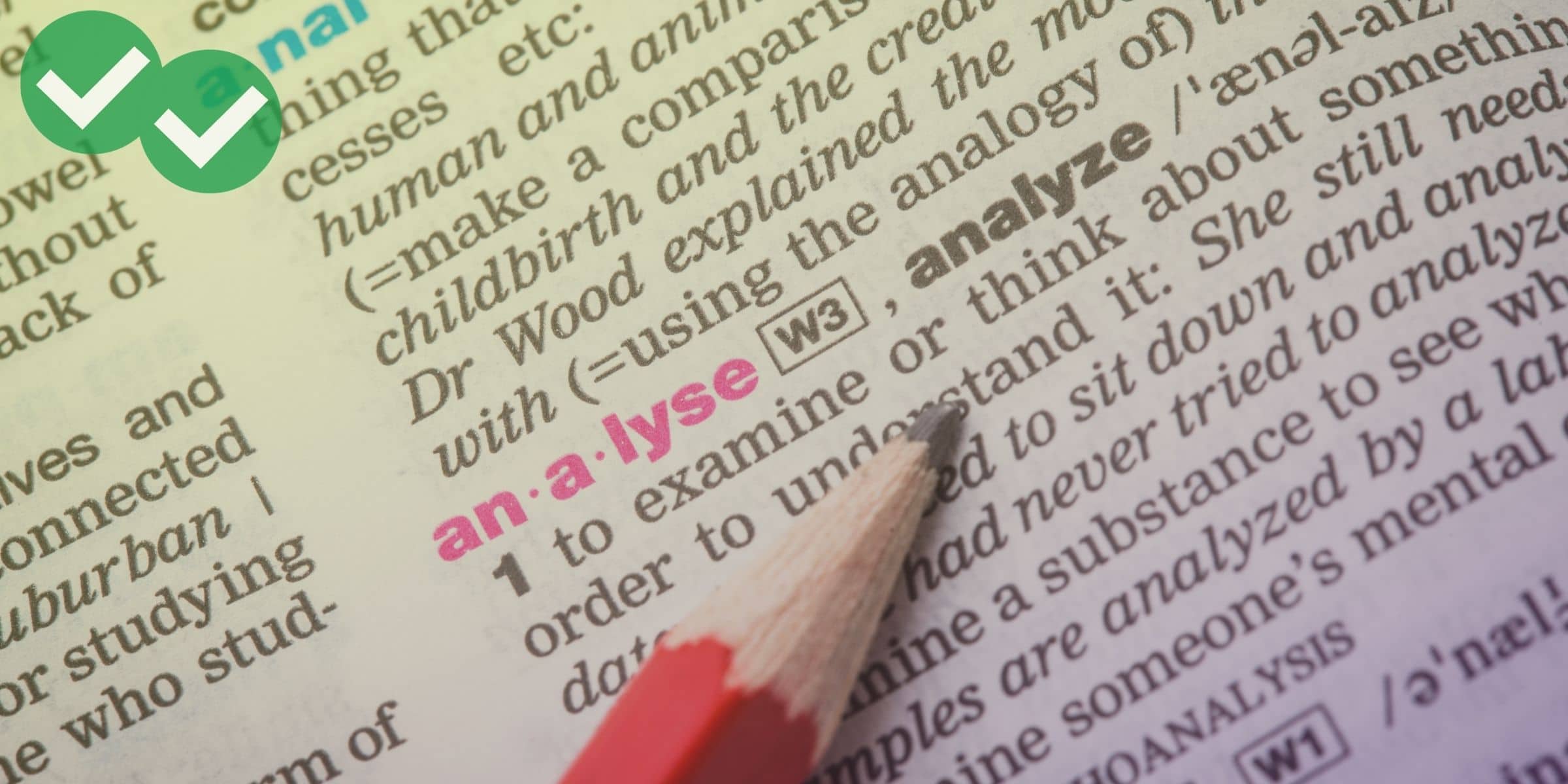
In TOEFL Listening lectures, you’ll often hear words you don’t understand. Unlike reading, you can’t stop to carefully look at the vocabulary in context.
Still, it’s very tempting to try and stop when you hear an unfamiliar word — resist this urge! Stopping to think about the vocabulary you just heard is the easiest way to get completely lost and confused during a TOEFL Listening lecture.
Remember that in TOEFL Listening lectures, you don’t actually need to stop for an unfamiliar word. Whenever you hear a truly important new word, the professor will always go on to define the word. If you stop to think about the word you just heard, you’ll miss the definition that the professor is about to give. Instead, relax and just go with the flow of the lecture — the speaker will always give you the meanings of the key terms.
TOEFL Listening Practice: Audio of a TOEFL Listening Lecture
To practice listening for the meanings of words in a TOEFL lecture, play the audio track linked below. It’s an audio version of the TOEFL Listening transcript from pages 19 and 20 of TOEFL Quick Prep Volume 2 (click the image, and the audio will open in a new window):
Did you catch the key terms and definitions in the lecture? If you’re not sure, don’t worry. I’ve created an audio study guide for the lecture. You can click the audio file for each vocabulary word, and then click the audio file for the meaning of the word, as spoken by the professor.
TOEFL Listening Vocabulary in Context: Mini-Dictionary for the Lecture
- glaciers
vocabulary audio:
definition audio:
- basal slip
vocabulary audio:
definition audio:
- lubricant
vocabulary audio:
definition audio:
- deformation
vocabulary audio:
definition audio:
- brittle
vocabulary audio:
definition audio:
- plastic
vocabulary audio:
definition audio:
- extension and compression
vocabulary audio:
definition audio:
- fissures
vocabulary audio:
definition audio:
- surges
vocabulary audio:
definition audio:







Leave a Reply